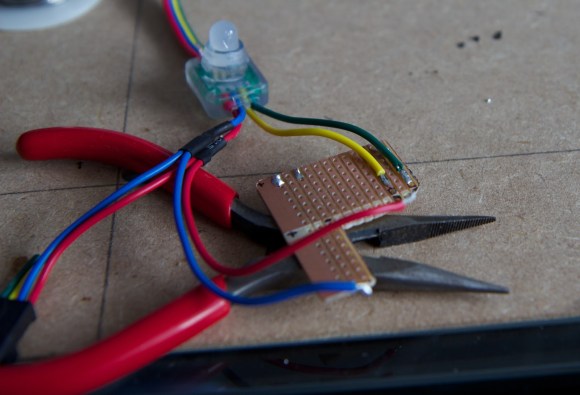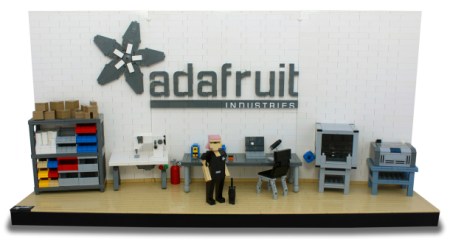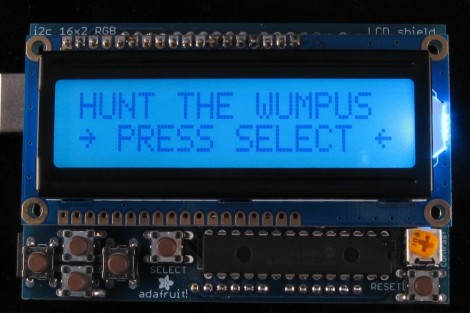In a positive twist on the usual publicity events that our administration has experimented with over the years, President [Obama] will be hosting a google+ hangout with some lucky people to discuss, well, whatever matters. It is nice to see the people running the country finally getting to grips with some technology. It is still scary to hear how many people making the laws about data still don’t even use a computer.
[Limor] from Adafruit was selected as one of the few that would get to ask the President some questions. She will be focusing on manufacturing and small businesses. We think she’s a great candidate to do so. We’ve watched her go from someone who just did some really well documented hacks to someone who runs a successful business focusing on open information and education (and gadgets of course). You can also submit your own questions, and if they get enough votes, the president will answer them.

















